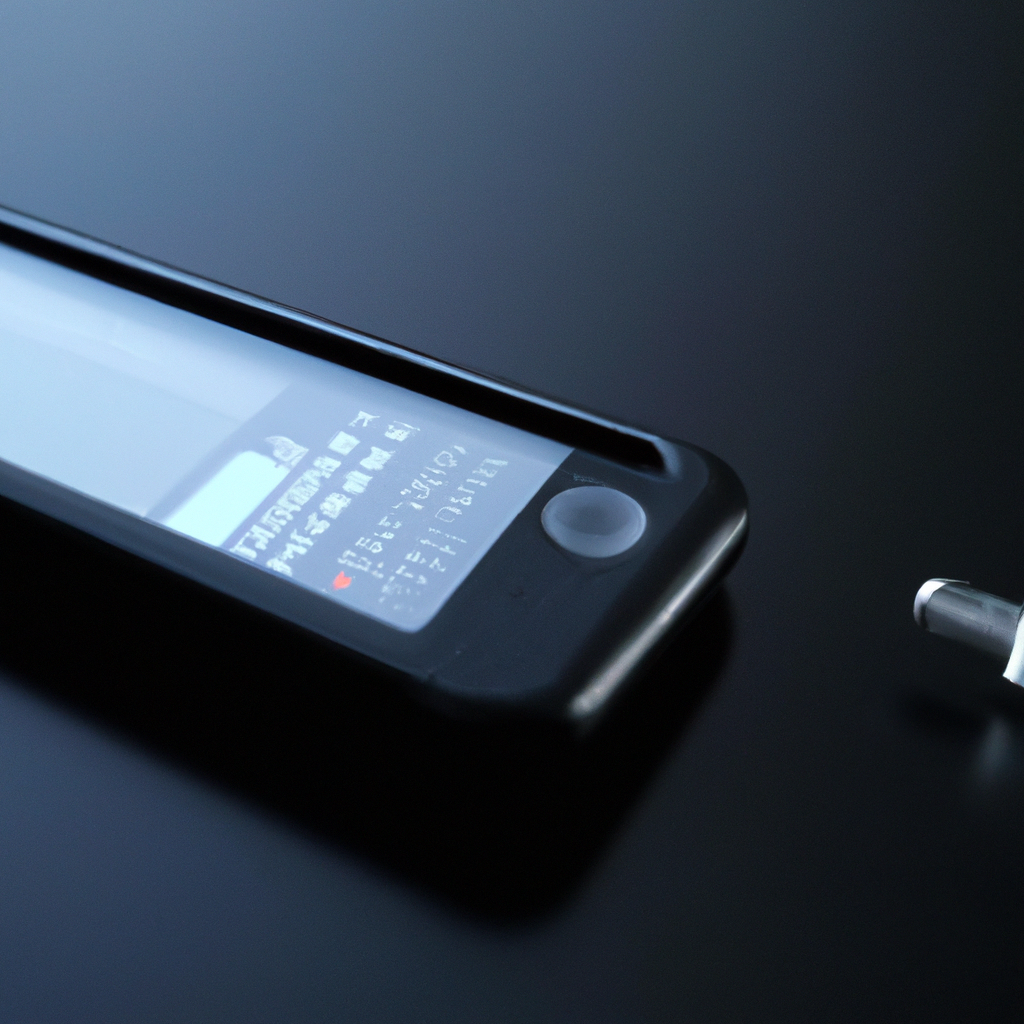Smartphones are now an indispensable part of our daily lives. They are not just used for communication, but also for entertainment, navigation, and a plethora of other tasks. One of the most important components in a smartphone is the accelerometer. But what exactly is an accelerometer, and how does it work in smartphones? In this article, we will explore this fascinating technology and its role in motion detection in smartphones.
What is an accelerometer?
An accelerometer is a sensor that measures the acceleration of an object. It can detect changes in motion, speed, and direction. Accelerometers are used in a variety of devices, including smartphones, drones, fitness trackers, and even cars. In smartphones, the accelerometer is used to detect changes in the orientation of the device, as well as changes in speed and direction.
How does an accelerometer work?
An accelerometer uses a tiny mass on a spring that moves when the device is accelerated. The movement of the mass is detected by a set of capacitors that are located around it. When the mass moves, the capacitance of the capacitors changes, which is detected by the sensor. The sensor then converts this change in capacitance into an electrical signal, which is sent to the smartphone’s processor.
Types of accelerometers
There are two main types of accelerometers used in smartphones: piezoelectric and MEMS (Micro-Electro-Mechanical Systems). Piezoelectric accelerometers use crystals that generate a voltage when they are subjected to pressure. MEMS accelerometers, on the other hand, use tiny mechanical structures that move when the device is accelerated. MEMS accelerometers are more commonly used in smartphones due to their smaller size and lower power consumption.
Applications of accelerometers in smartphones
Accelerometers are used in smartphones for a variety of purposes, including:
- Screen rotation: When a smartphone is rotated, the accelerometer detects the change in orientation and adjusts the screen accordingly.
- Gaming: Many mobile games use the accelerometer to detect the movement of the device and control the game.
- Fitness tracking: Accelerometers are used in fitness trackers to track the number of steps taken and the distance traveled.
- Navigation: The accelerometer is used in combination with other sensors, such as GPS, to provide accurate location information.
- Gesture control: Some smartphones use the accelerometer to detect gestures, such as shaking the device to refresh the screen or double-tapping to wake it up.
Conclusion
In conclusion, the accelerometer is a vital component of smartphones, providing motion detection and orientation sensing capabilities. Its small size and low power consumption have made it an essential component in a wide range of devices. As technology continues to advance, we can expect to see even more innovative applications of accelerometers in smartphones and other devices.







